
Plant metabolism is a fascinating area of study that delves into the various biochemical processes allowing plants to grow, reproduce, and sustain themselves. At the core of plant metabolism are energy processes that enable plants to convert sunlight into usable energy, primarily through photosynthesis and respiration.
The Basics of Plant Metabolism
To appreciate the complexities of plant metabolism, it’s essential to understand the basic framework. Metabolism in plants involves an array of chemical reactions that convert nutrients into energy and building blocks for growth. These reactions are broadly classified into two categories: catabolic processes that break down molecules to release energy and anabolic processes that build complex molecules from simpler ones.
Photosynthesis: The Heart of Plant Energy
Photosynthesis is the cornerstone of plant metabolism. This process occurs in the chloroplasts of plant cells, where chlorophyll captures sunlight and transforms it into chemical energy. The general equation for photosynthesis is:
6CO2 + 6H2O + light energy → C6H12O6 + 6O2
This equation highlights the conversion of carbon dioxide and water into glucose and oxygen, using the energy from sunlight. Photosynthesis not only provides the energy necessary for plant growth but also plays a critical role in the global carbon cycle and oxygen production.
Respiration: Energy Utilization in Plants
While photosynthesis is about energy capture, respiration is about energy release. In cellular respiration, plants convert the sugars produced during photosynthesis into ATP (adenosine triphosphate), the energy currency of cells. This process occurs in the mitochondria and can be summarized by the equation:
C6H12O6 + 6O2 → 6CO2 + 6H2O + ATP
Respiration ensures that energy is available for various cellular activities, including nutrient uptake, growth, and reproduction.
Interplay Between Photosynthesis and Respiration
Photosynthesis and respiration are interconnected processes that form a cycle of energy flow in plants. During the day, photosynthesis predominates, capturing light energy and storing it in glucose molecules. At night, or when light is limited, respiration becomes more active, using the stored energy to maintain vital functions.
Factors Affecting Plant Metabolism
Several factors influence plant metabolism, including light intensity, temperature, water availability, and nutrient levels. Each of these factors can impact the rate of photosynthesis and respiration, directly affecting plant growth and survival. For example, insufficient light can limit photosynthesis, while extreme temperatures may disrupt enzyme function, hindering metabolic processes.
Conclusion
Understanding plant metabolism, particularly the energy processes of photosynthesis and respiration, is crucial for appreciating how plants sustain life on Earth. These processes not only fuel plant growth but also support ecosystems by regulating atmospheric oxygen and carbon dioxide levels. As research progresses, we continue to uncover the intricate details of how plants manage energy, offering insights into enhancing agricultural productivity and addressing environmental challenges.
Plant metabolism involves biochemical processes that enable plants to grow and sustain themselves. Photosynthesis converts sunlight into chemical energy, forming the basis of plant energy. Respiration releases energy from sugars, providing ATP for cellular activities. Photosynthesis and respiration form a cycle of energy flow in plants. Factors like light intensity and temperature significantly impact plant metabolism. 

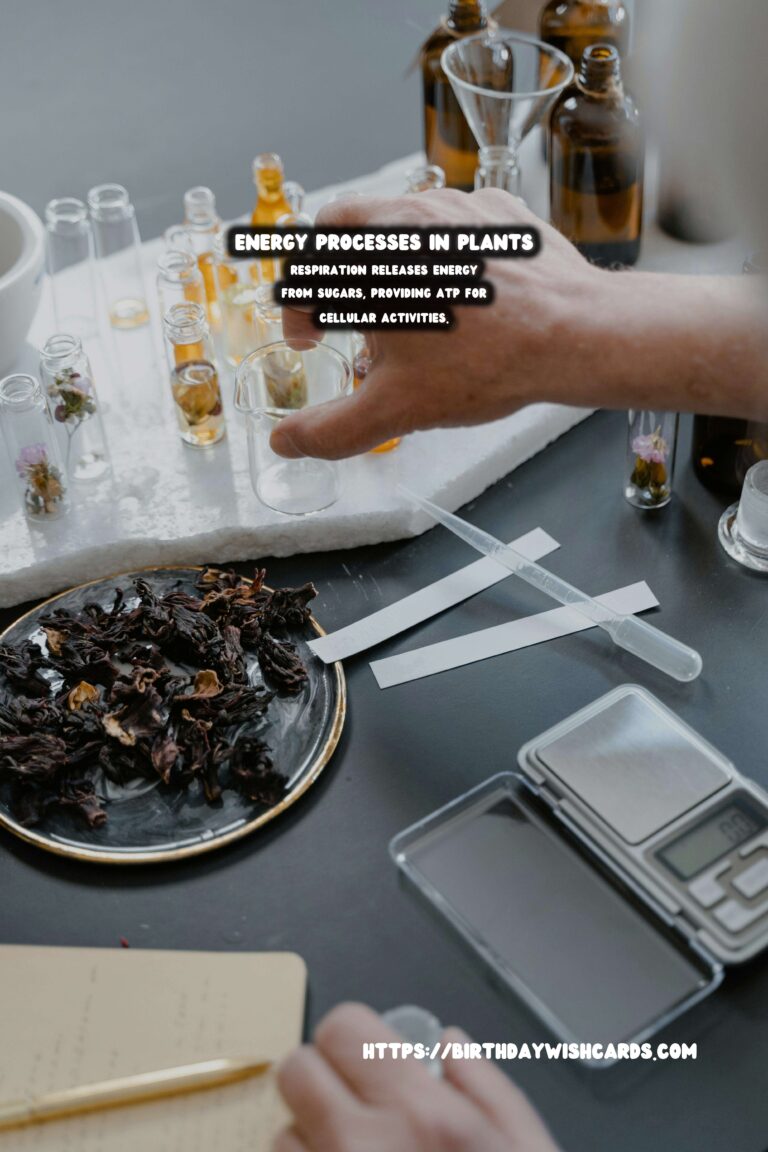


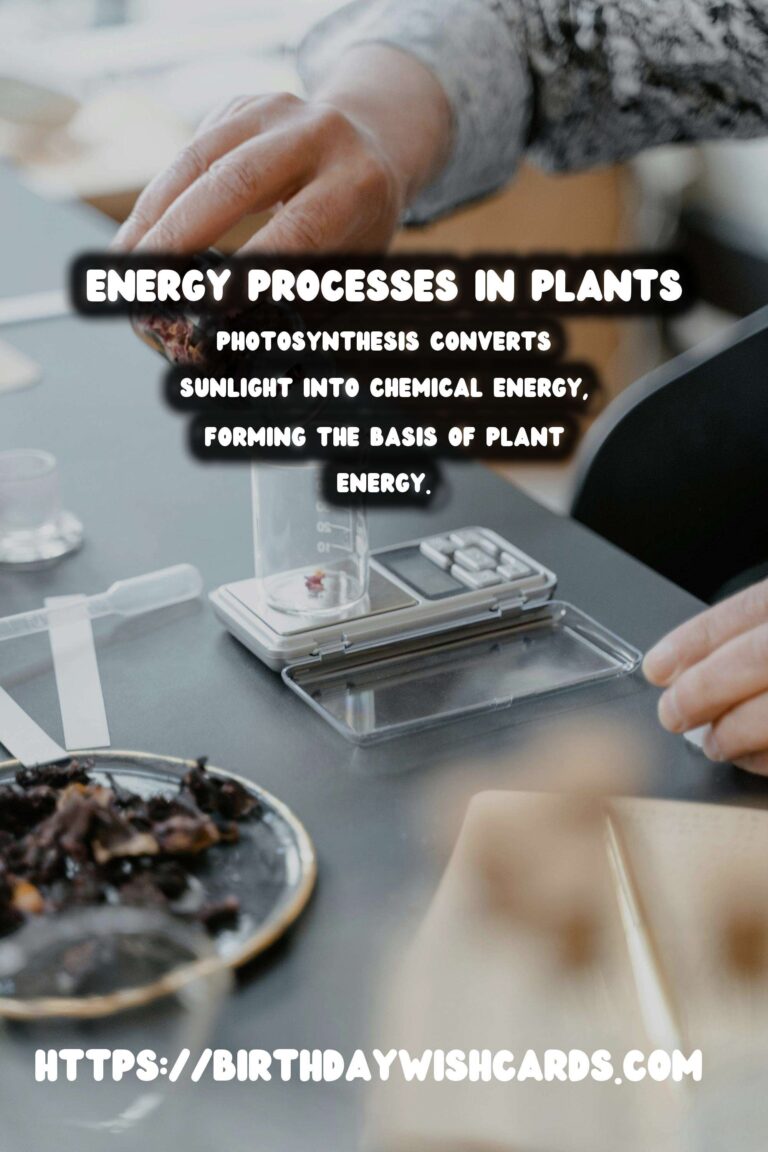

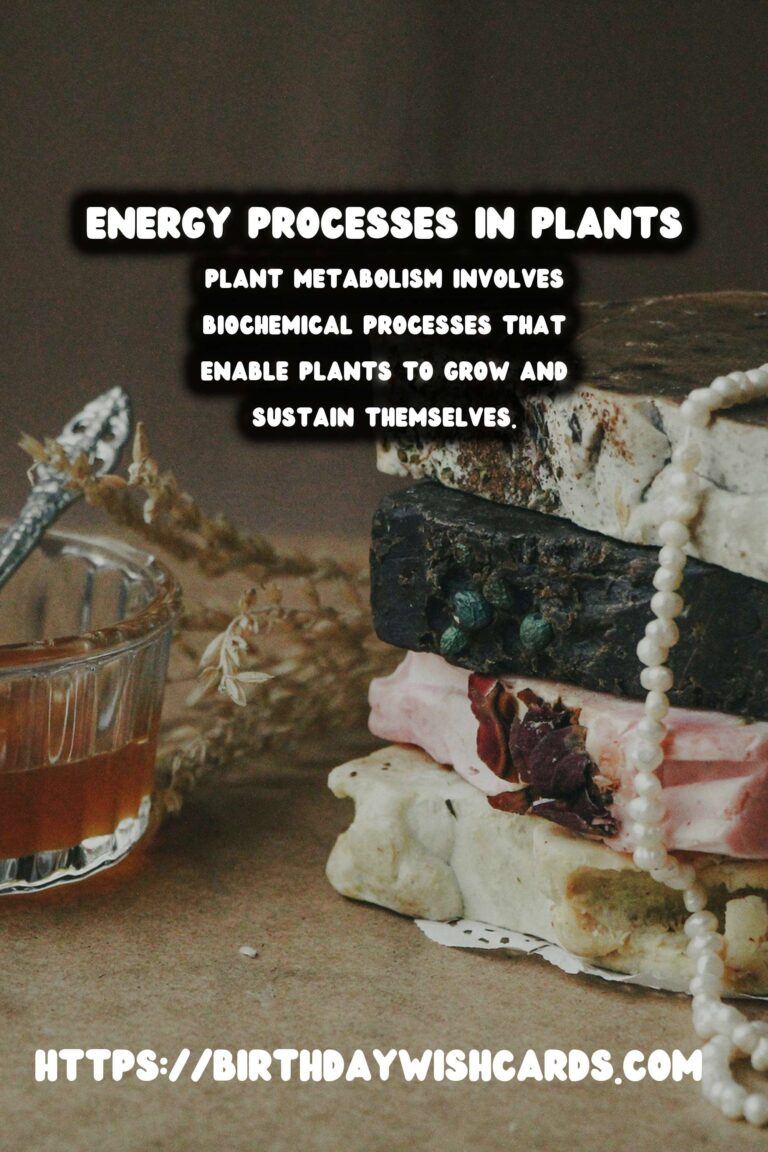
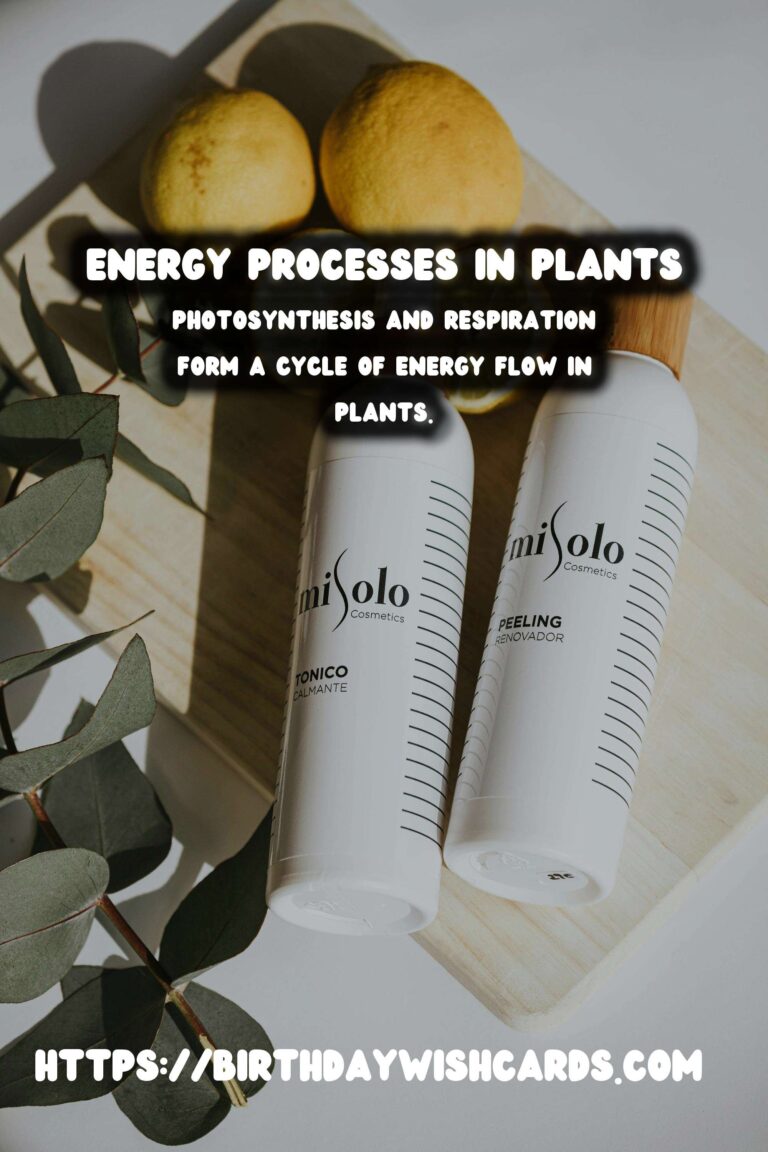
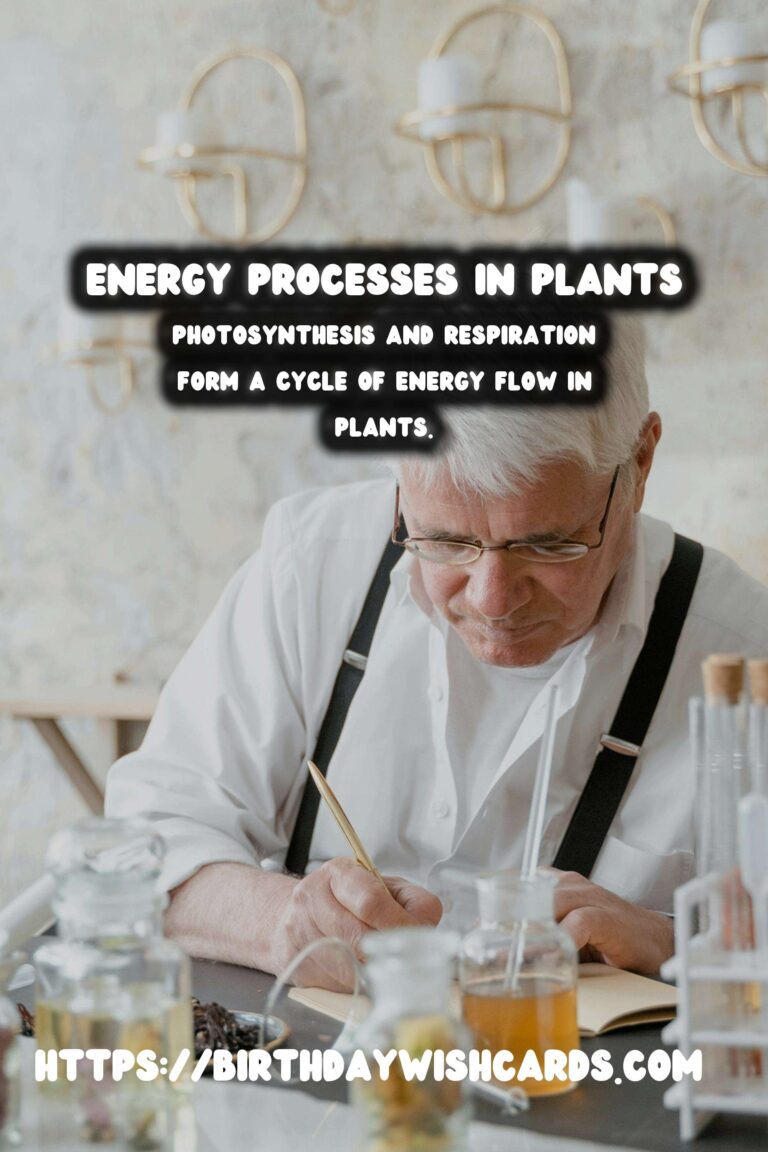
#PlantMetabolism #Photosynthesis #Respiration #EnergyProcesses #PlantBiology




